Getting AnyBody and Numpy to work
With the release of the AnyBody Modeling System 7.1 update, we thought it was time to make a post about all the improvements in the new model repository.
The AnyBody Managed Model Repository (AMMR) version 2.0 marks the culmination of a huge task to update our existing models and adding new models and examples.
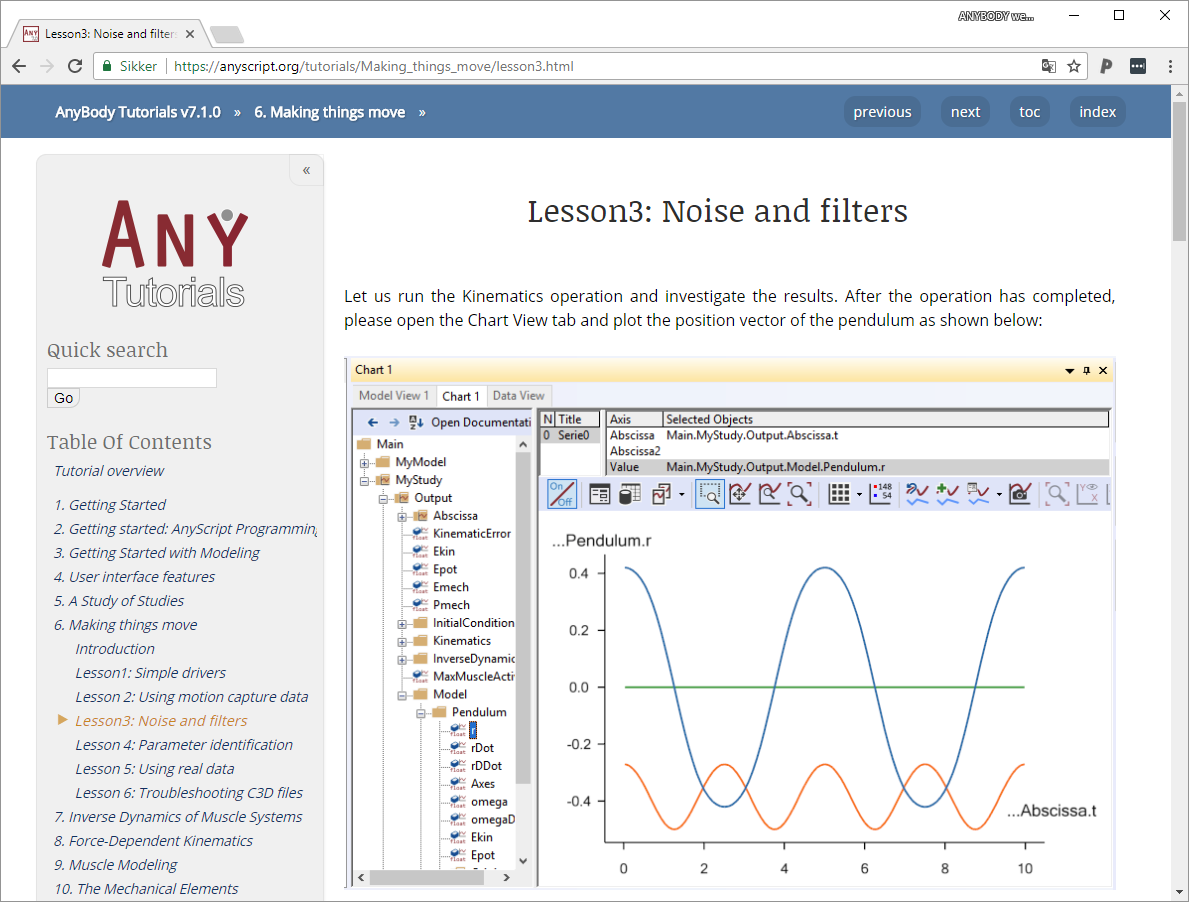
New AMMR documentation
Future work
Of course we are not done. There are new model developments in the pipeline, and some of the improvements to the structure of the lower extremity model we would also like to do for the upper body.
A little history
The tutorials used to live as compiled HTML (CHM), a binary format for a documentation system called Microsoft HTML Help. You find this kind of help resources in many older Windows Programmers.
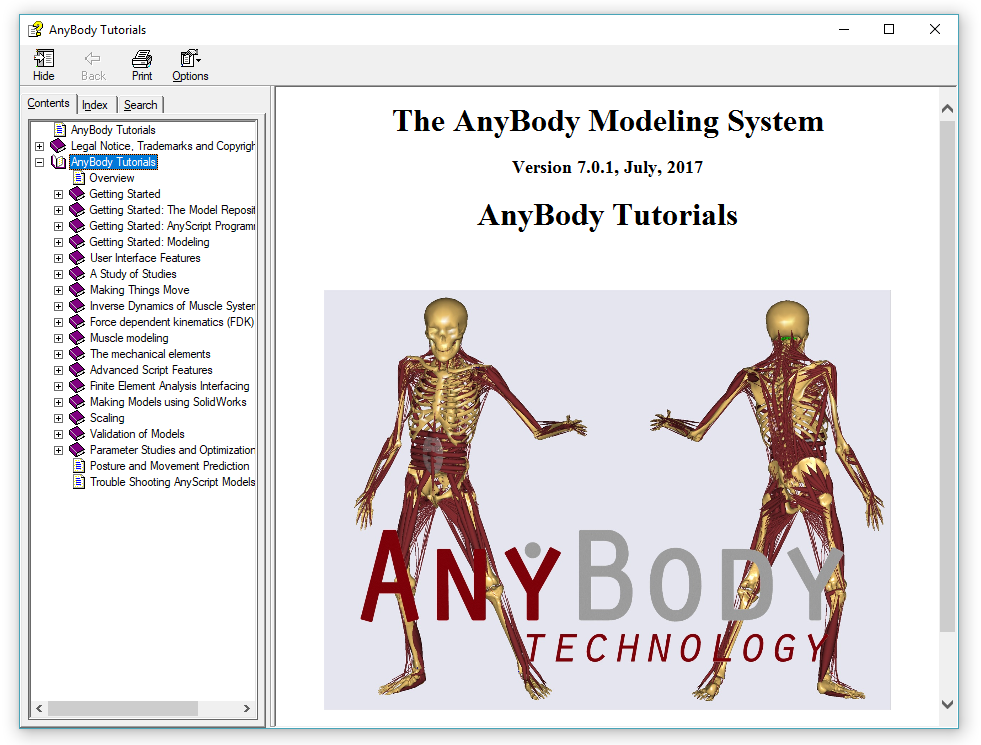
Today it may look old fashioned, but it was the best choice for distributing documentation in 2003 when the first version of AnyBody emerged.
Microsoft has since discontinued the HTML Help system. Today there are much better options for software documentation which makes it easier to both use the tutorials and maintain them.
Sphinx for software documentation
Sphinx is a tool for generating software documentation. The Python community originally developed it for creating the documentation for the Python programming language. Today it is widely used in many different domains. The Linux community recently (2016) chose Sphinx as the new documentation system for the Linux kernel. Sphinx is well maintained and actively developed, and very easy to use.
Sphinx converts reStructuredText files into HTML, pdf, epub or other formats. reStructuredText is simply plain text files with extra simple markup to define headers and other types of formatting.
A reStructuredText file could look like this:
Lesson 2: Advanced Concepts
===========================
Open the model from lesson 1 and change the following lines:
.. code-block:: AnyScript
InverseDynamics.Criterion = {
Type = §MR_Polynomial§;
};
Now we have specified polynomial muscle recruitment, which
comes down to the following objective function:
.. math:: G = \sum_{i} \left( \frac{f_i}{N_i} \right)^p
We have not, however, specified what the power *p* is. In the
absence of a specification, AnyBody assumes *p* = 3, If we
reload and rerun the model now, we get the following result:
.. figure:: _static/lesson2/chart1.png
:scale: 50 %
Results with 5 order Polynomial muscle criterion.
Having the tutorials as plain text, may at first seem like a disadvantage. The AnyBody tutorials are currently stored as Word documents. But reStructuredText has many advantages as well.
- Better control of formatting and style
- Easier tracking of updates and changes
- Pictures and images live outside the document
- Makes it easier to accept contribution from users
Finally, MS Word can still be used when writing new tutorials. The *.docx file
can be converted into reStructured text using the Pandoc
document converter. Pandoc can convert tables, any formatting, embedded images
into reStructuredText. Pandoc even converts equations from MS Word into Latex
style formulas which work in reStructuredText files.
Hosting tutorials on GitHub
The new source files for tutorials are hosted on the AnyBody Github account togehter with the build HTML files.
-
Source files: https://github.com/AnyBody/anybody-tutorial
-
Web page: https://anyscript.org/tutorials/dev
Contributions are always welcome! So if you find typos, missing links or anything else help us fix it. It is easy. Just fork the repository on GitHub, make the changes, and issue a pull request.
Every pull request is automatically tested, to ensure that Sphinx builds the tutorials without errors. This done using Travis CI
Once a change is accepted and merged into the repository the script also automatically deploys the tutorial web page.

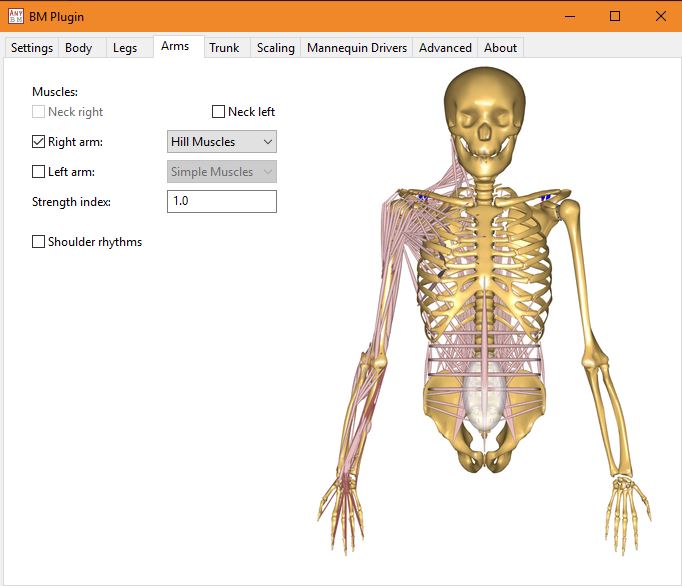
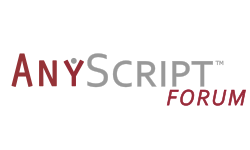

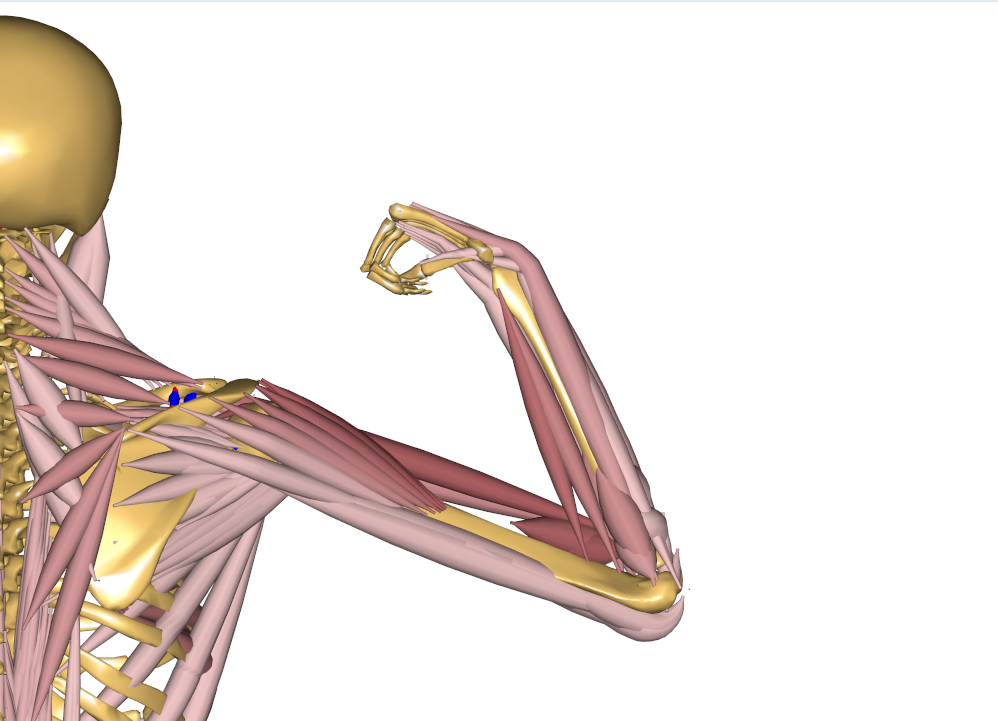
Leave a comment